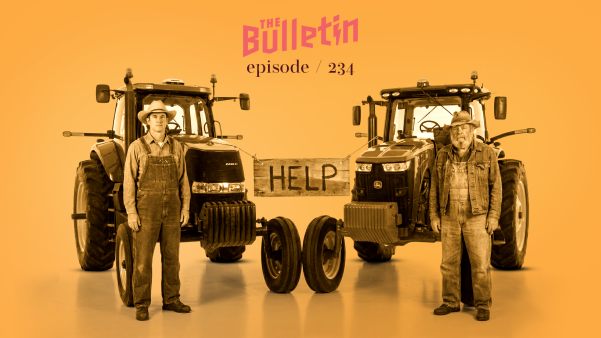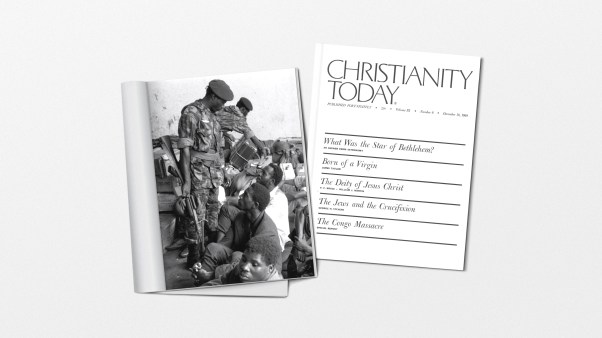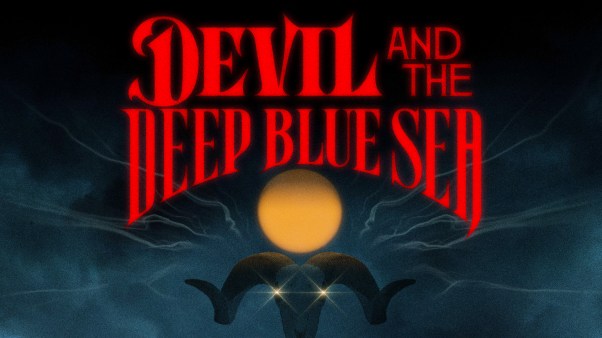As a young girl, Katherine Westcott (later Tingley) dreamed of leaving New England to build a White City in the golden West. Nearly 50 years later, in 1897, Tingley was presiding over the Point Loma (California) Theosophical Colony, where she sought to lead humanity—which had been “hemmed in by the false teachings of the past”—on the path toward truth and light.
The West was immensely attractive to people like Tingley, whose ideas chafed well-churched eastern and midwestern communities. Freethinkers established western settlements, including Liberal, Kansas, and a few institutions, like the short-lived Liberal University in Silverton, Oregon. Socialist utopias sprang up in California and the Puget Sound. New Thought, an offshoot of Christian Science, found footholds in Los Angeles, Denver, and Kansas City.
The most successful religious experiment by far was the Church of Jesus Christ of Latter-day Saints (Mormons), which began with the visions of New York native Joseph Smith. Smith and his small but devoted coterie of followers attempted to establish communities in Ohio and Illinois but were driven out by hostile locals. When a mob killed Smith in 1844, his successor, Brigham Young, knew the church had only one chance for survival: move west.
As Mormon hymnist William Clayton wrote in 1846, “We’ll find the place which God for us prepared, / Far away in the West; / Where none shall come to hurt, or make afraid: / There the Saints will be blessed.”
The Mormons’ goal was to establish an LDS-run state that would eventually become part of the United States. They called their territory “Deseret,” after a Book of Mormon word for “honeybee,” to symbolize cooperative industry. It was a vast, largely uninhabited territory, which allowed the Mormons to expand and govern as they pleased.
Deseret was a paragon of organization and ambitious growth. The church’s Perpetual Emigrating Fund paved the way for Saints from eastern and midwestern states, as well as converts from European mission fields, to join the Great Basin community. As the population grew (thanks, in part, to the practice of polygamy), family groups were commissioned to establish towns throughout the region. By 1877, the year Young died, more than 135,000 Saints had settled in the western “promised land.”
Non-Mormons, however, disdained the LDS church, mostly because it sanctioned that “relic of barbarism,” polygamy, but also because it was so powerful and growing so quickly. Mainstream Protestants were troubled by Mormon theology and Mormon resistance to conversion: Presbyterian and Congregational schools erected to turn children away from Mormonism (“To educate the children and youth is to emancipate them,” wrote one teacher) garnered few converts.
Under heavy pressure from the U. S. government, Mormons formally ended the practice of polygamy in 1890, and Utah was granted statehood in 1896. Still, most Americans remained highly suspicious of the group. But western America proved big enough to embrace the Latter-day Saints—and Theosophists, Christian Scientists, and other sects—along with mainstream Christian denominations.
Elesha Coffman is assistant editor of Christian History.
Related Links:
Find official LDS history at: lds.org
For a non-LDS perspective on Mormon history, see: www.xmission.com/~country/reason/reason.htm
Copyright © 2000 by the author or Christianity Today/Christian History magazine. Click here for reprint information on Christian History.










